Seeds as Living Things
Many forget the obvious, that all seeds are actually living organisms. Whilst they remain dormant prior to germination (similar to what some animal species call hibernation) they can, like all living things, also die. When storing seeds, they need to be provided with optimal conditions to keep them safe until they are ready to be planted and so undergo germination.
Ideal Conditions for Storing Cannabis Seeds
The cannabis seed has three significant foes: humidity, light and temperature changes
Ideally, seeds should be stored in a cool, dark and dry place. If possible, store them in their original packaging. If they become exposed to light or rapid temperature changes, these conditions will force them to use up all of their own inbuilt nutrient stores before they even make it into the ground, meaning that they will not have the nutrients that they require in order to germinate. High humidity, on the other hand, is the ideal breeding ground for the growth of mould and fungi on the seeds.
Effect of Humidity On Cannabis Seeds
Humidity can be one of the biggest threats to seeds. Here's how different levels of humidity will affect cannabis seeds:
- · 80 - 100% Humidity: After around 12 hours, the seeds will wilt and die
- · 40 - 60% The seeds will germinate
- · 20 - 30% The optimal levels at which to store the seeds
- · 18 - 20% They can overheat, causing the seeds to sweat
- · 12 - 14% Over time, this humidity level creates the perfect medium for the fungi to grow, both inside and outside of the seed
- · 8 - 9% Over time, this level attracts insects and pests.
Where and How to Store Cannabis Seeds
For short-term storage, the use of an area with a stable temperature, like a dark cabinet or drawer, will be fine. Make sure that the seeds are not placed anywhere in the house where they can be exposed to sudden temperature changes. For example, in a cupboard next to a radiator, or somewhere where the temperature is high during the day and then much cooler at night. Protecting the seeds from such changes is vital, and as such, storing them in an outdoor area like a garden shed etc. would be completely unsuitable. For long-term storage, it is always ideal to store them in a closed container in a refrigerator.
Keep in mind that opening and closing the refrigerator door will also cause the unwanted dramatic fluctuations in temperature. The ideal setup would be a separate dedicated refrigerator that is not used regularly. Again, if at all possible, ensure that the seeds are kept in the original packaging they came in. Failing that, or if the packets have already been opened, then the seeds can be transferred to an airtight container like a Ziploc bag, for instance, which are ideal because the excess air can be removed from them, creating an almost airtight sealed container for the seeds to go in. Following that, place the bag or packet in a dark coloured container or plastic bag to shield the seeds from the light within the refrigerator.
Keep in mind that modern refrigerators are also very dry. Therefore, it is extremely important that the seeds are not directly exposed to such conditions – this is due to the lack of humidity in the air, which will cause the seeds to prematurely use up all its nutrient reserves just to survive.
Can Seeds Be Kept In The Freezer?
Contrary to what may seem logical, cannabis seeds can actually survive being stored in the freezer. The lower the temperature, the slower their condition deteriorates.
However, there is almost never any need to freeze seeds. If you provide the conditions described above, you can keep your seeds for upwards of five years, sometimes more, and still achieve an excellent rate of germination.
Choosing Which Seeds to Store and Which to Plant
When getting ready to plant seeds, inspect them and first use the seeds with a damaged outer layer.
The outer shell of the seeds is designed to protect against vulnerabilities. Cracked seeds, whose outer shells are damaged, are far more sensitive and should not be stored.
Most growers have, at some point, come across random unaccounted old seeds in the back of an old cabinet or chest of drawers. Here are some tips for sprouting seemingly geriatric cannabis seeds:
Soaking Them First in Enriched Carbonated Mineral Water
Prior to attempting to germinate any older seeds, try pre-soaking them in a cocktail of carbonated water enriched with fulvic acid, a germination stimulant, hydrogen peroxide, or gibberellic acid.
For the very best results, place the seeds in the water mixture (the liquid should be at around room temperature) and soak them in a darkened space for around 12 hours.
Sand the Outer Shell
Older seeds often have an extra hard outer shell. Rubbing at it very gently with a fine grit sandpaper can help allow moisture and heat to enter the seed during germination. Gently heating the old cannabis seeds slightly, just prior to soaking them, can make it easier for them to germinate.
Remove the Hardened Spine
The spine of the seed is that slightly protruding part which, as with the rest of its casing, can become extra hard over time. Carefully removing this with a sharp blade can also help the seed germinate.
Opening Up the Seed
A final method to try to aid germination, is to gently make a small incision within the seed’s outer shell. However, this is not without its risks, as it is crucial to be careful and avoid causing any damage to the inside of the shell.
Lastly, as with all aged things, it is worth remembering that some older seeds simply don't germinate, no matter what methods are used to try and stimulate them.
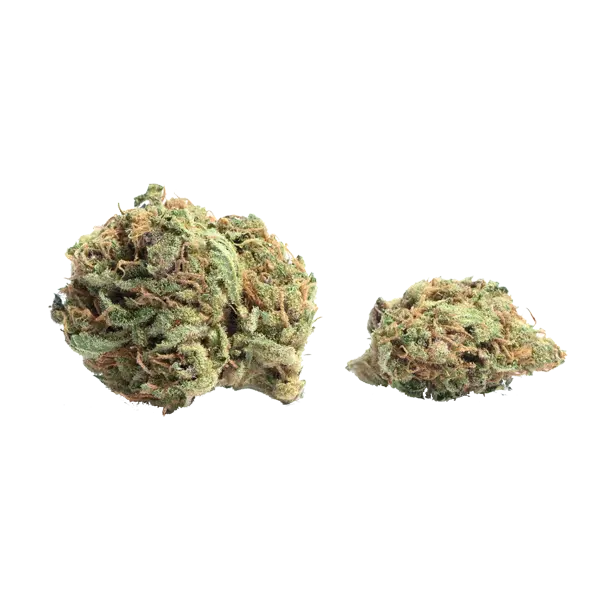


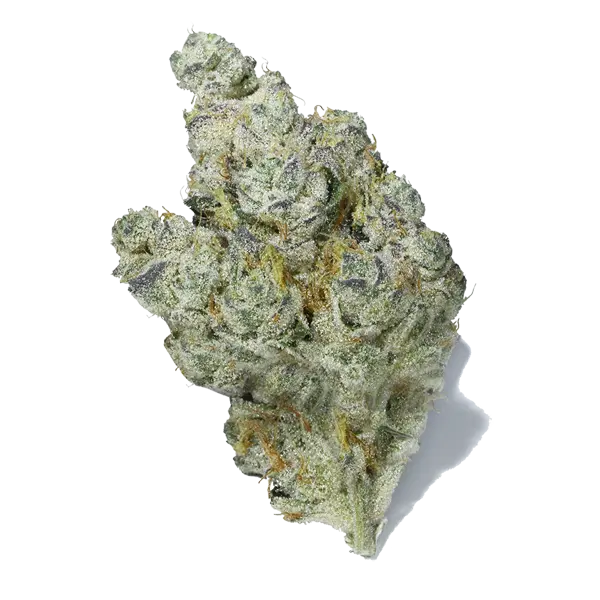
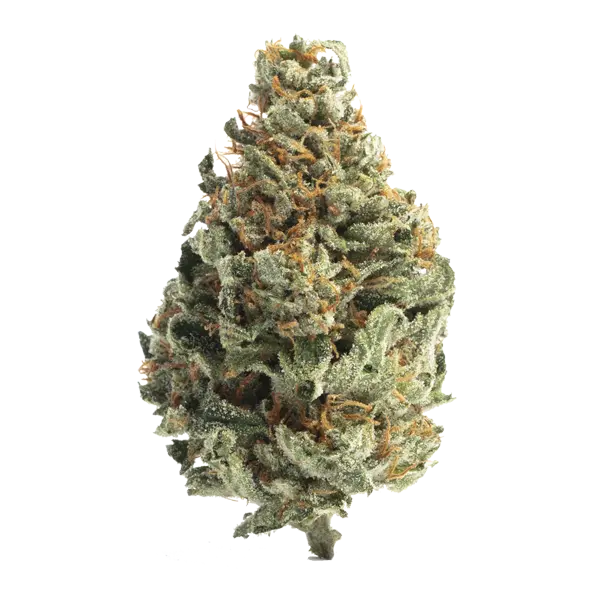
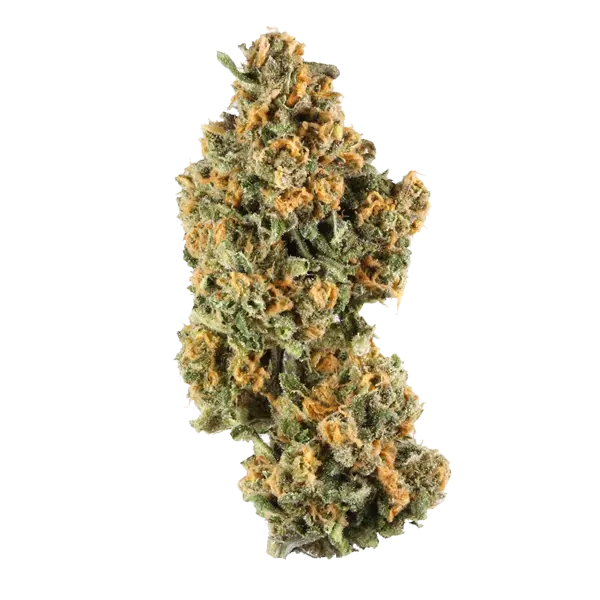

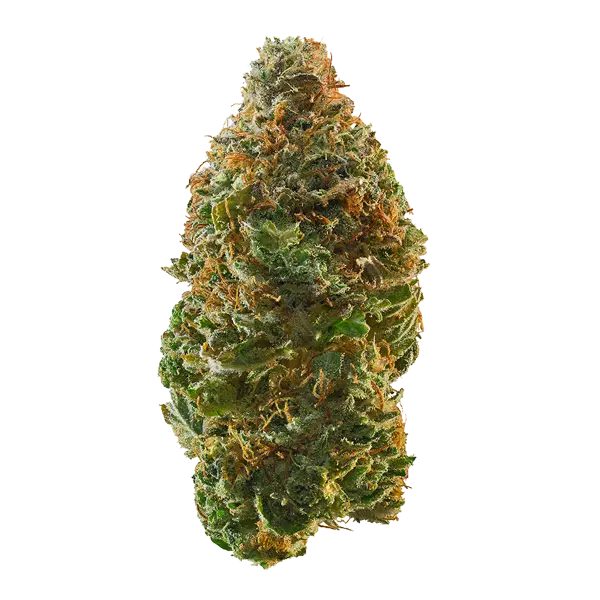

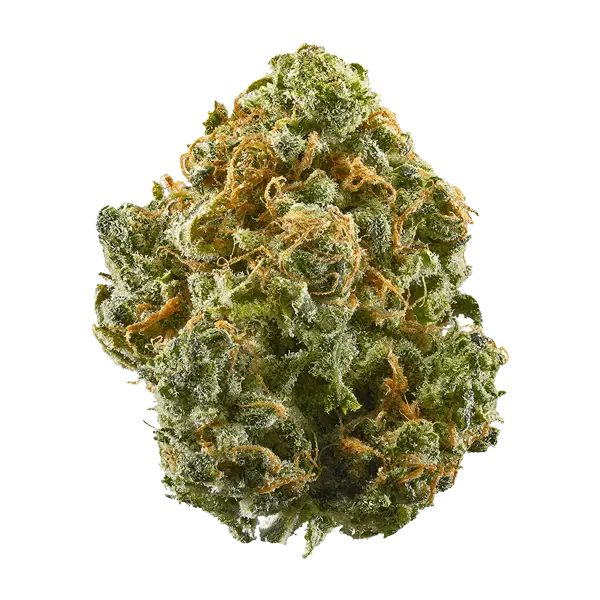

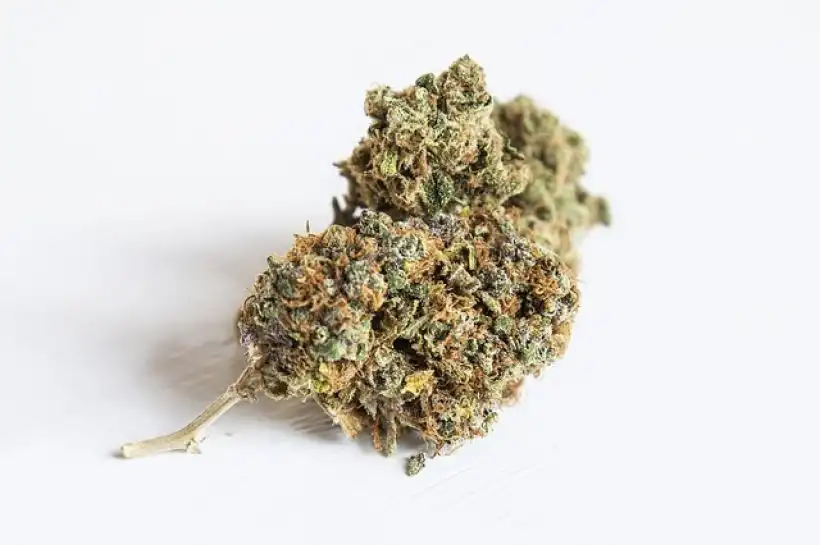





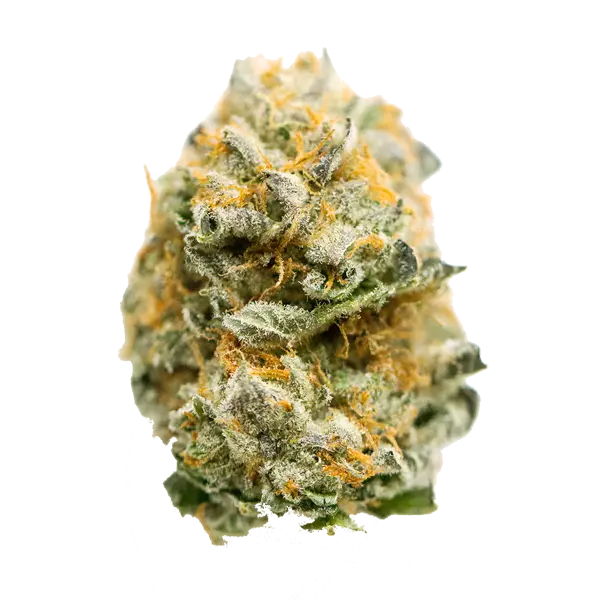
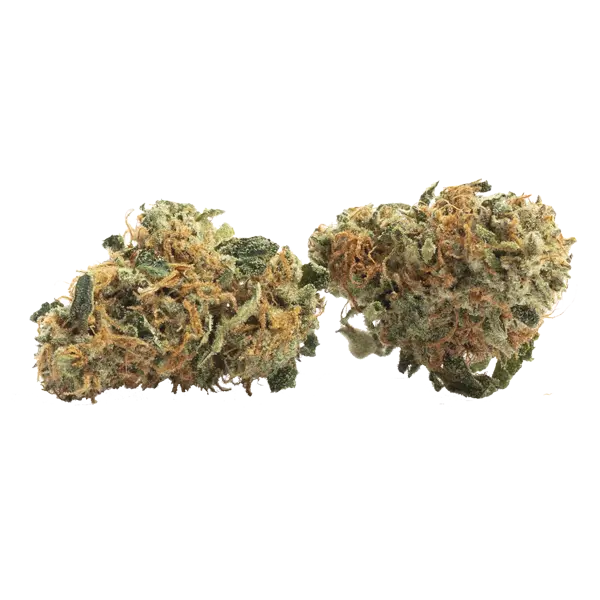







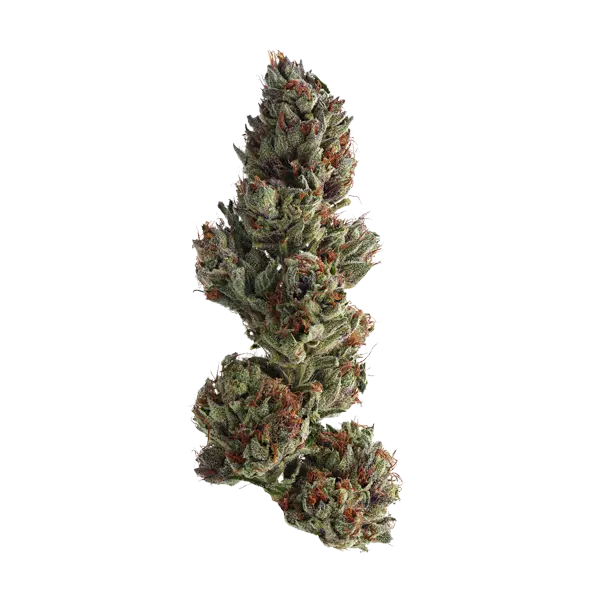



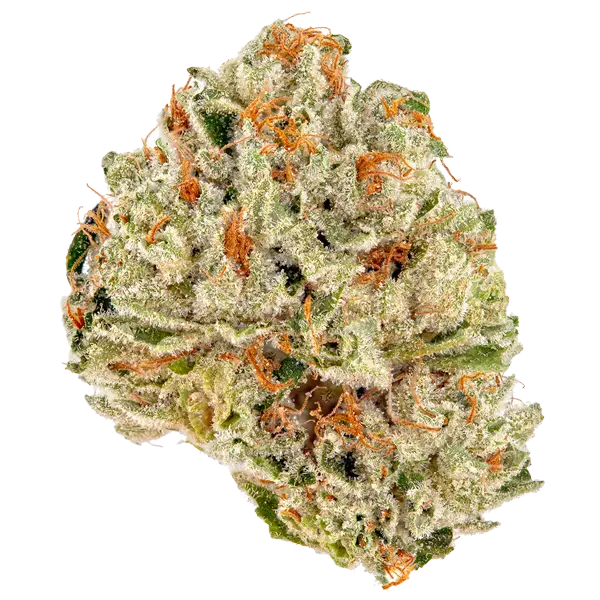
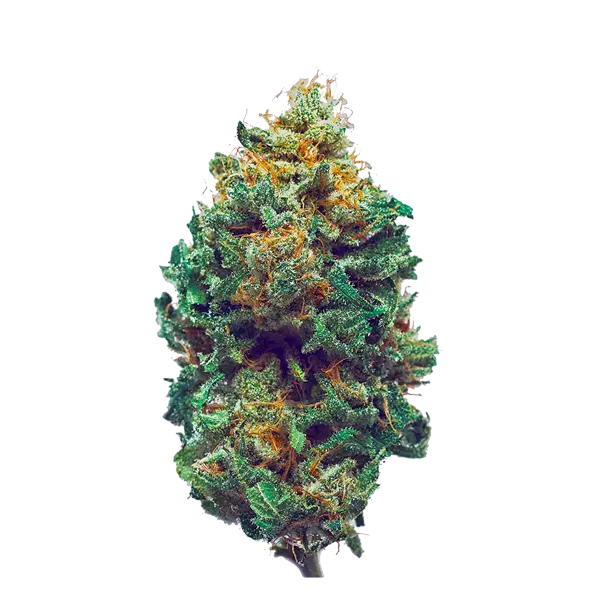
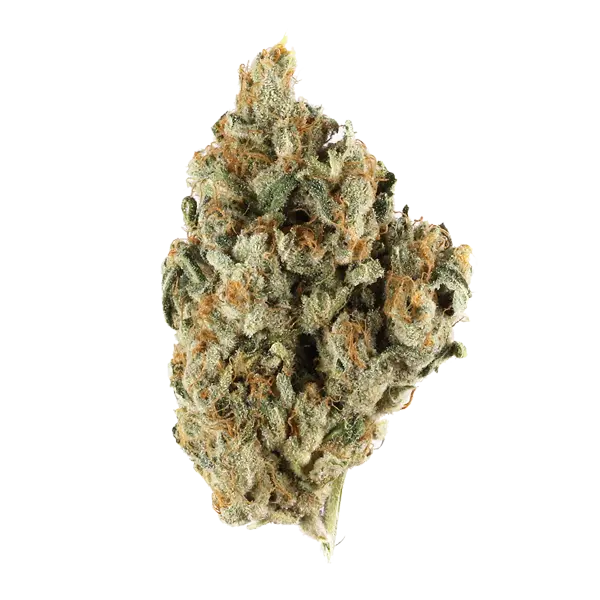

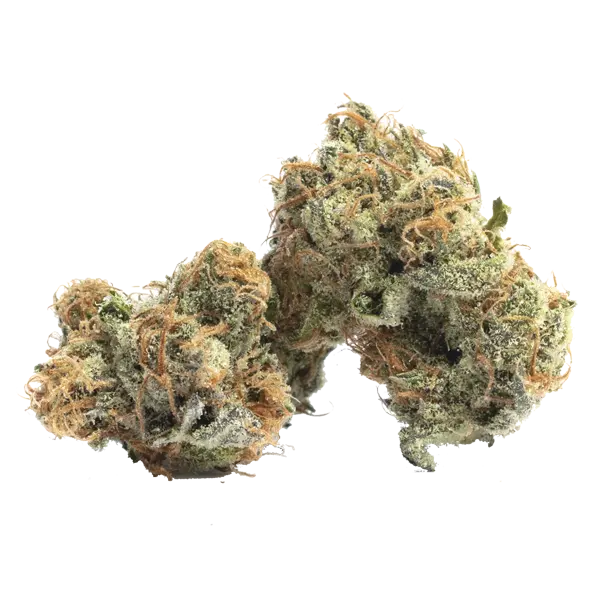
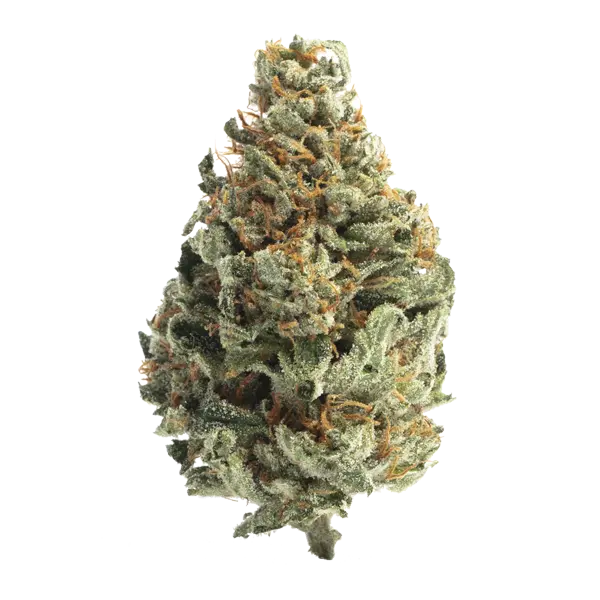
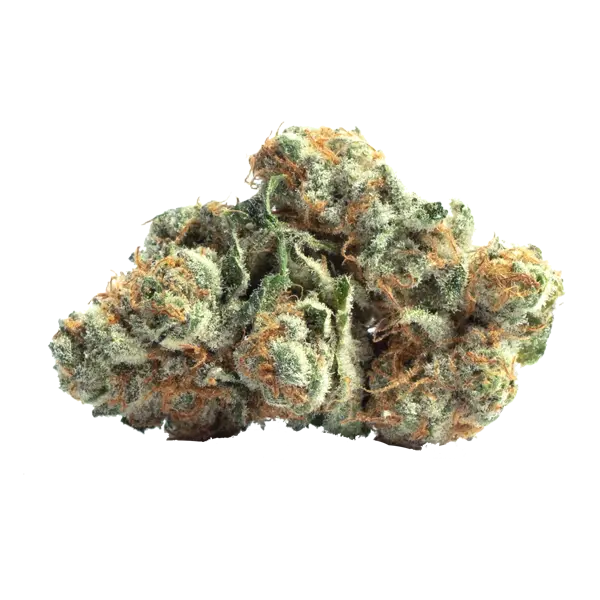
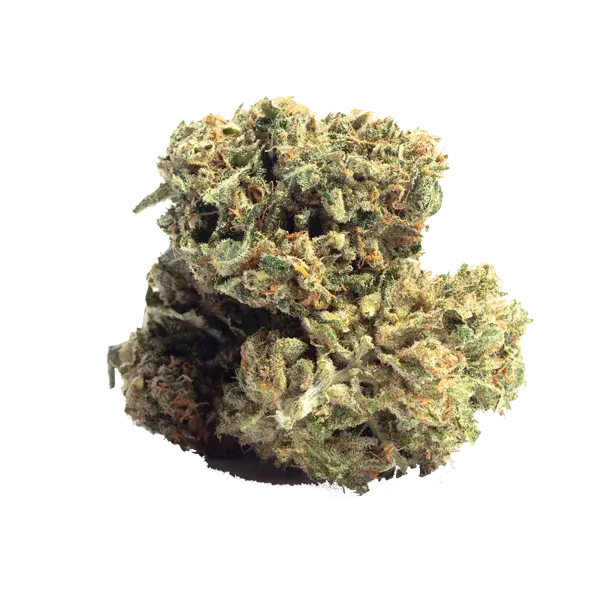
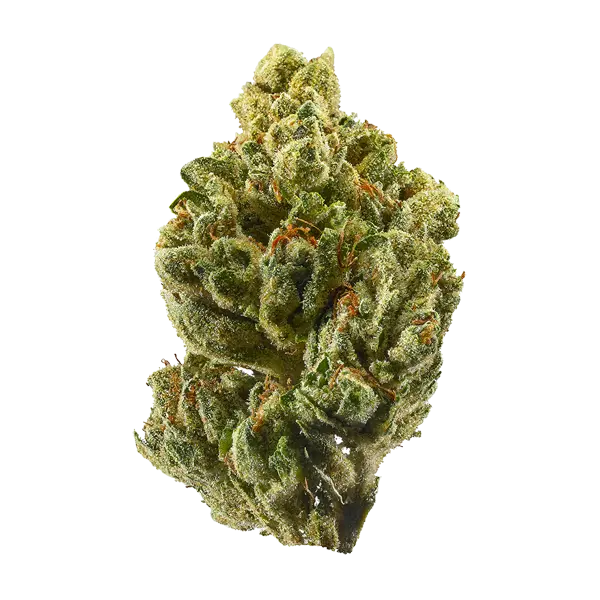
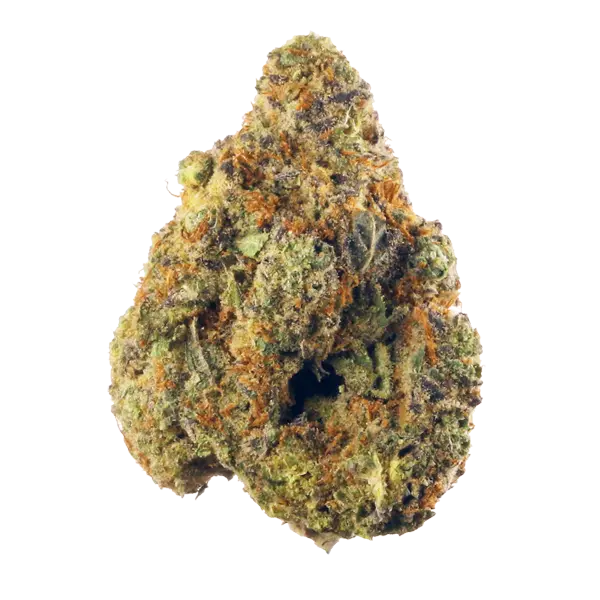
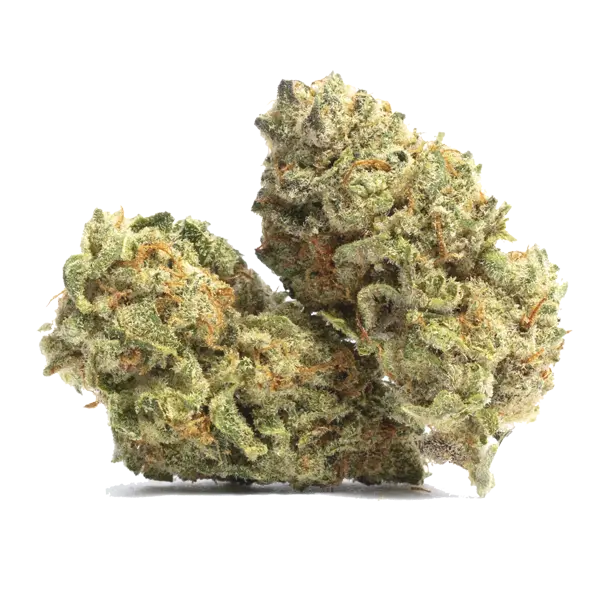
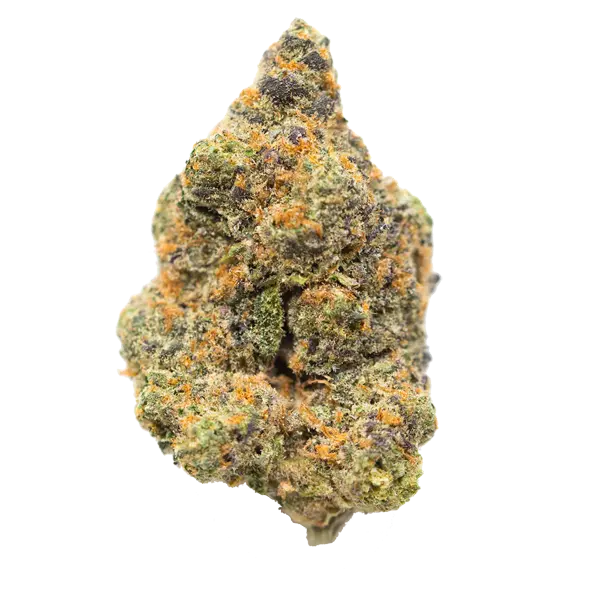
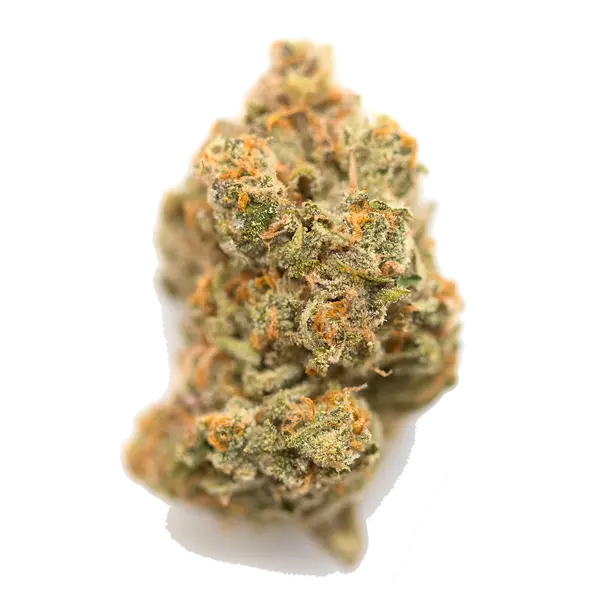
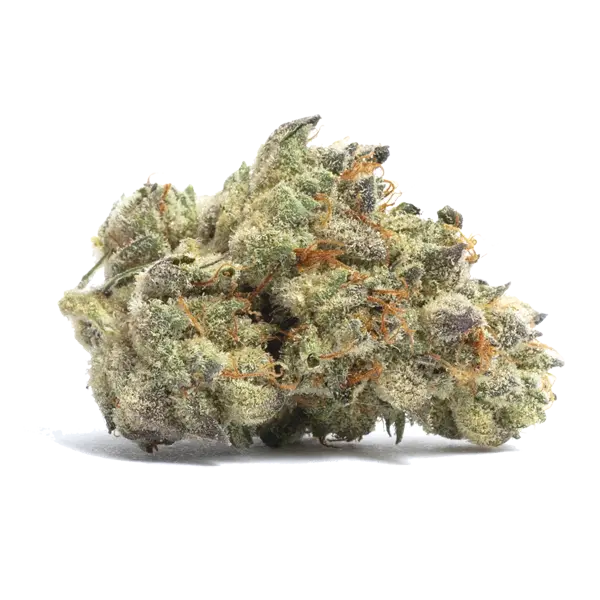
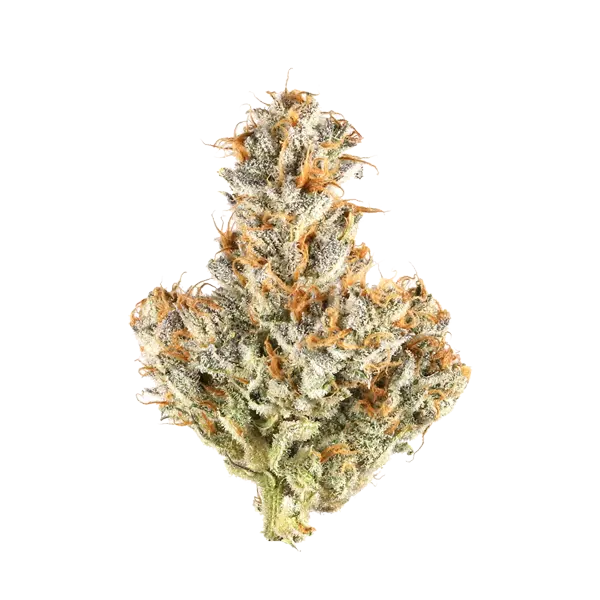



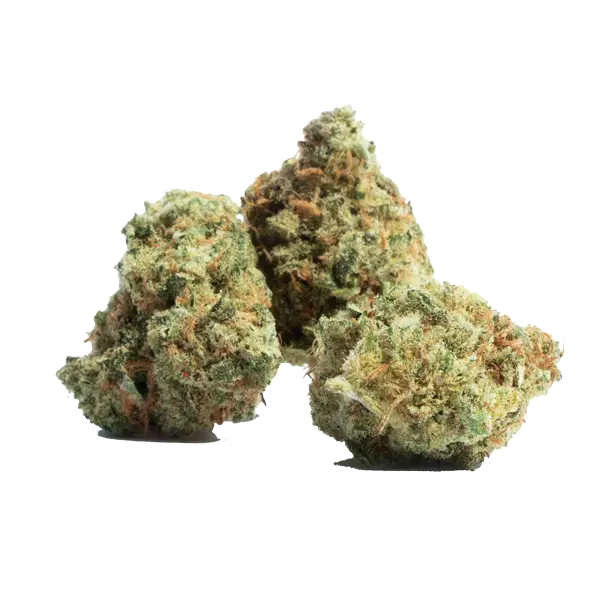
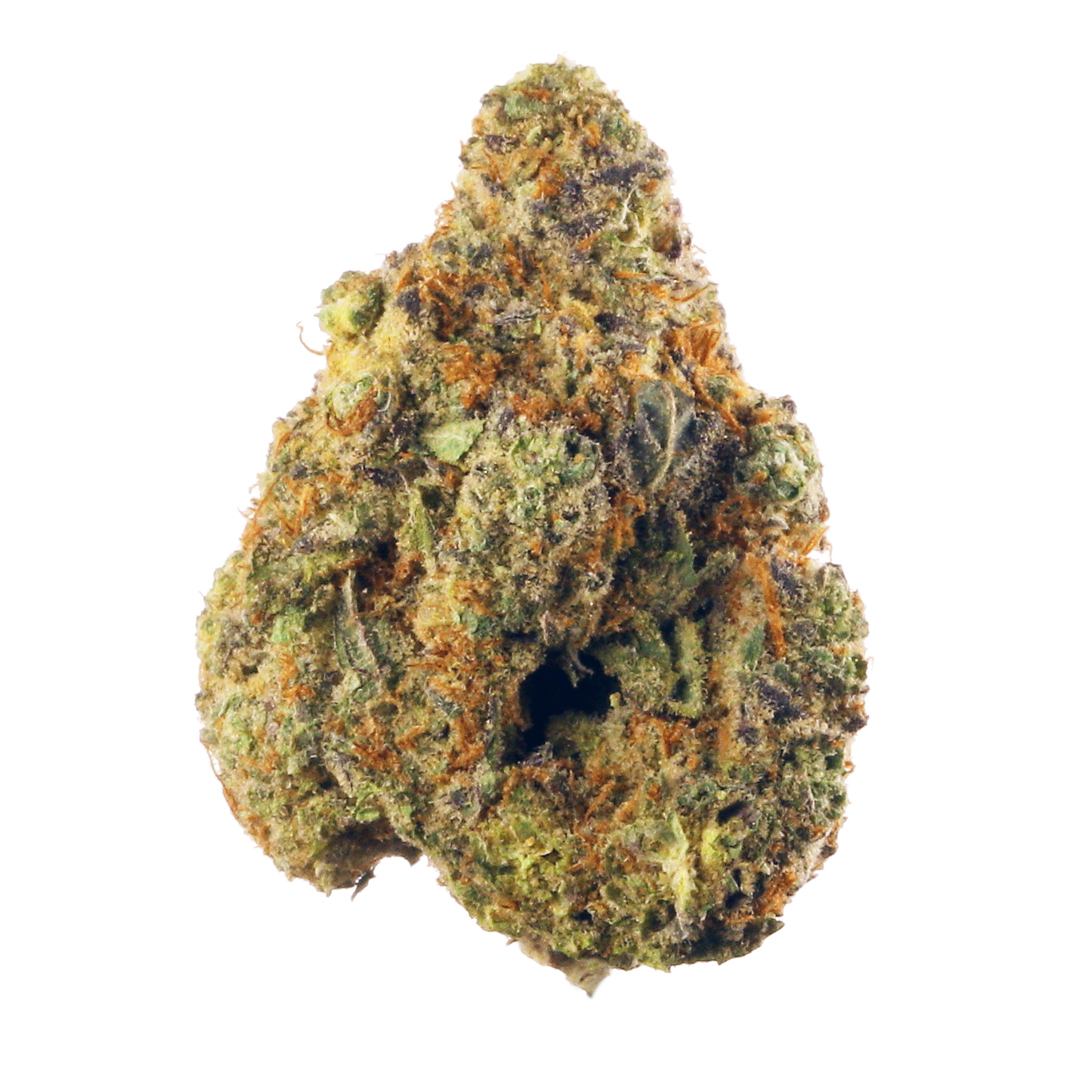













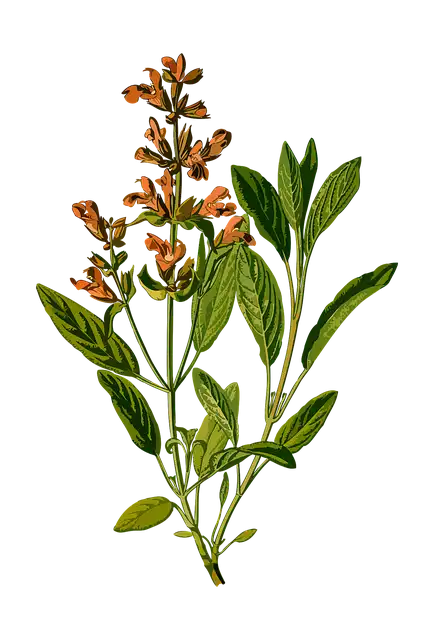

 How Does Cannabis Smell?
How Does Cannabis Smell? Why Is the Decarboxylation of Cannabis So Important?
Why Is the Decarboxylation of Cannabis So Important?








